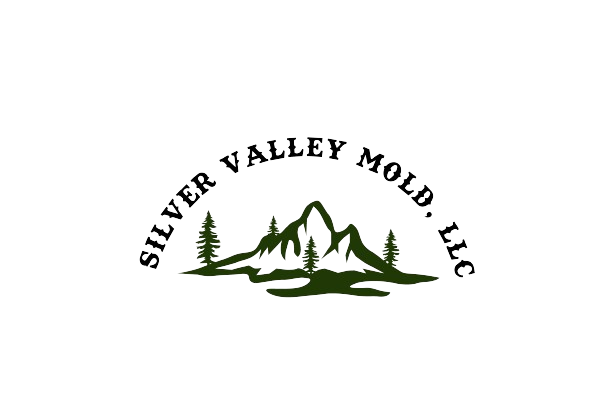Common items missed with a DIY inspection
With the real estate market the way it is here in North Idaho, many people are deciding to handle home inspections themselves. Whether trying to save a few bucks, trying to build a more appealing offer or just expediting the closing period, we always advise getting an inspection from qualified professionals and protect what for most of us is our largest investment. However, let’s talk about what many home-owners or home-buyers miss when doing a DIY home inspection. Keep in mind, this is as it relates to mold inspections.
First just a generality, most people aren’t equipped with the same tools of the trade that professional inspectors use. Our inspections begin with taking temperature and humidity readings and we continue to monitor this throughout our inspections. Thermal imaging cameras give us the best “x-ray vision” possible without tearing down walls, we also can use borescopes and moisture meters to get a better sense of what’s hiding behind appliances and construction.
Attics and crawlspaces are uncomfortable at best. They pose significant access problems and if you aren’t 100% sure what you’re looking for it can be easy to miss problem areas. A big item is bathroom exhaust fans venting into the attic space rather than outside. Leaking roofs can hide in the attic causing structural damage and/or mold growth for months before being obvious inside the living space. Crawlspaces are notorious for moisture problems, a major red flag is the absence of a properly installed moisture barrier.
Bathrooms, kitchens and laundry rooms are high risk for leaks or uncontrolled moisture. Under counters, behind cabinets, behind appliances and around toilets are areas that we routinely double check. Condition of grout and caulking around showers, toilets and sinks. Check for leaky fittings, perform fill tests, and look for any evidence of previous or current broken pipes.
Grading is often overlooked by homeowners, it can be difficult (or easy to forget entirely) to picture how a house looks during severe rain or snow melt. Are the slopes around the home allowing for adequate run-off? If you’re viewing the property during the wet-season do you notice puddles or standing water? How long did a building stand before someone decided they needed to install french drains to re-route water and how much damage was done before they came to this solution?
HVAC systems can hide mold growth and disperse it throughout an entire home. Keeping up on maintenance and changing filters with high quality filter ratings is an obviously a great step. It can be difficult to know however, if and how much is slipping through the cracks without air testing.
We hope this helps, obviously there is a lot that goes into home inspections that we did not cover. We do understand there is some advantage to waiving an inspection but nothing will stop forward progress on even a simple remodel job like mold will. Our typical visual mold inspection takes around 2 hours, we strive to be as absolutely detailed as possible. Property investments and our health is not something to leave to chance. Mold issues can hide for months and typically by the time mold is blatantly obvious it is a severe risk to both our health and our bank account. Whether you encounter something when viewing a home or find something concerning at home, send us photos and we will always do our best to help.
